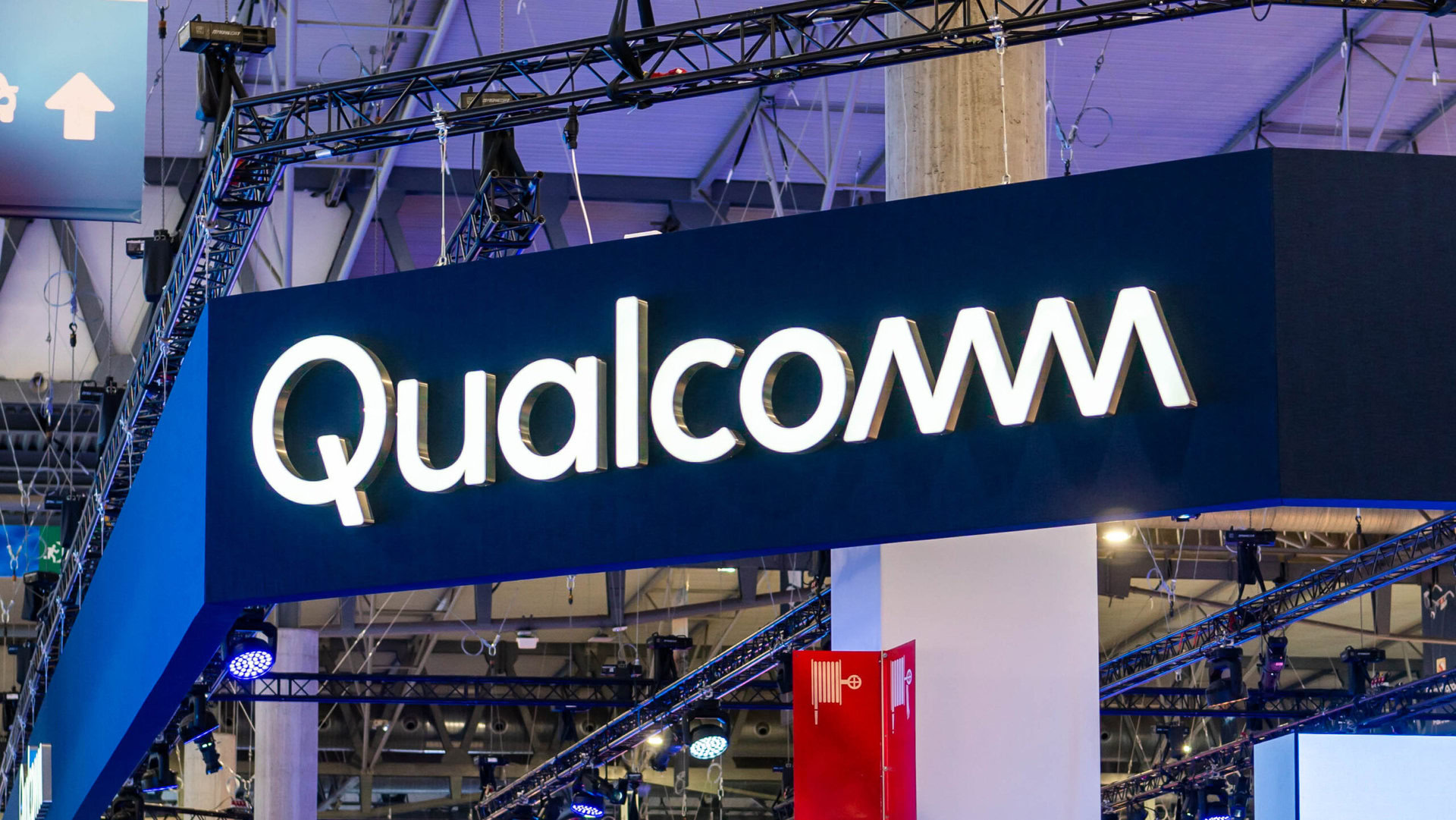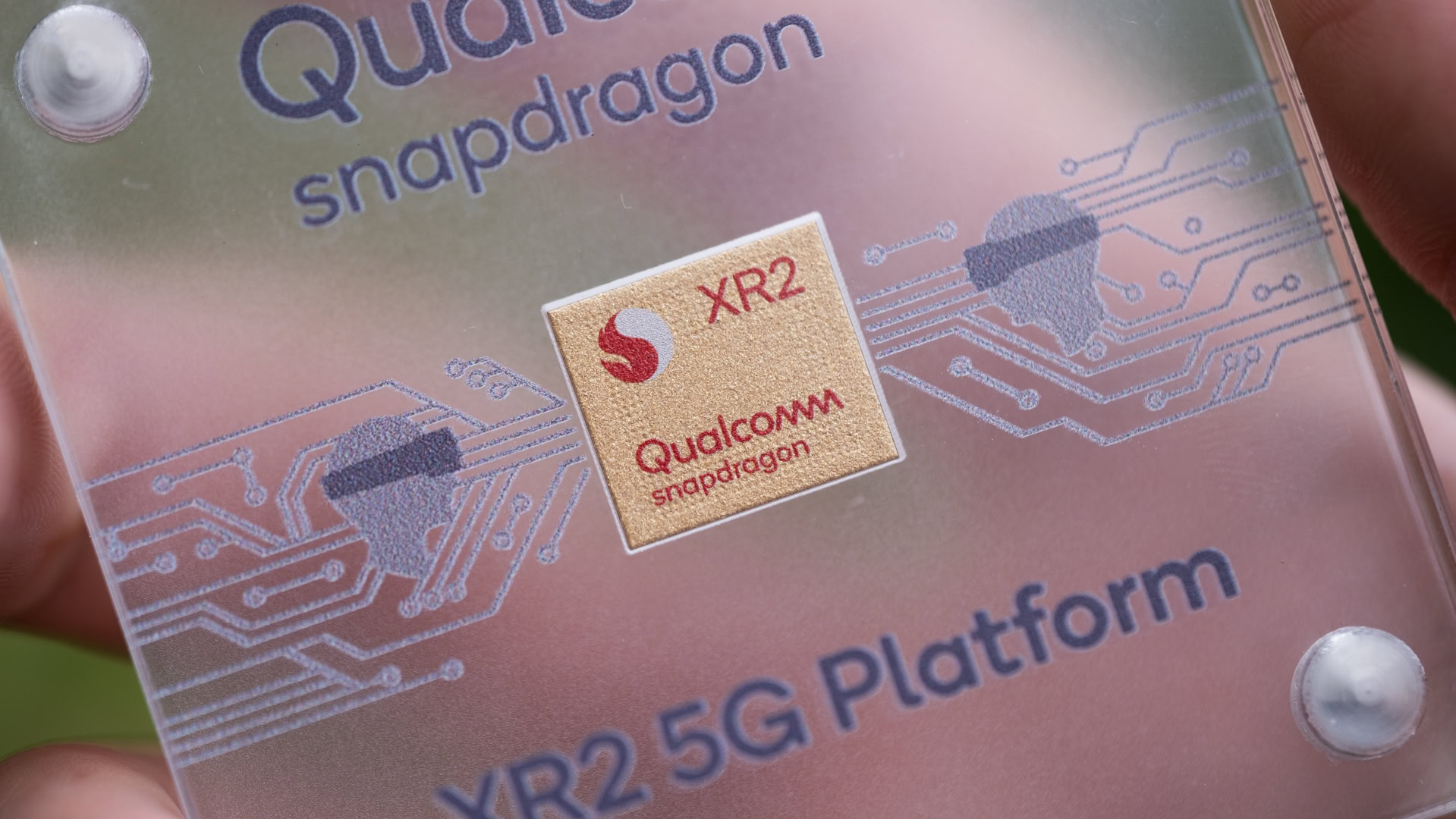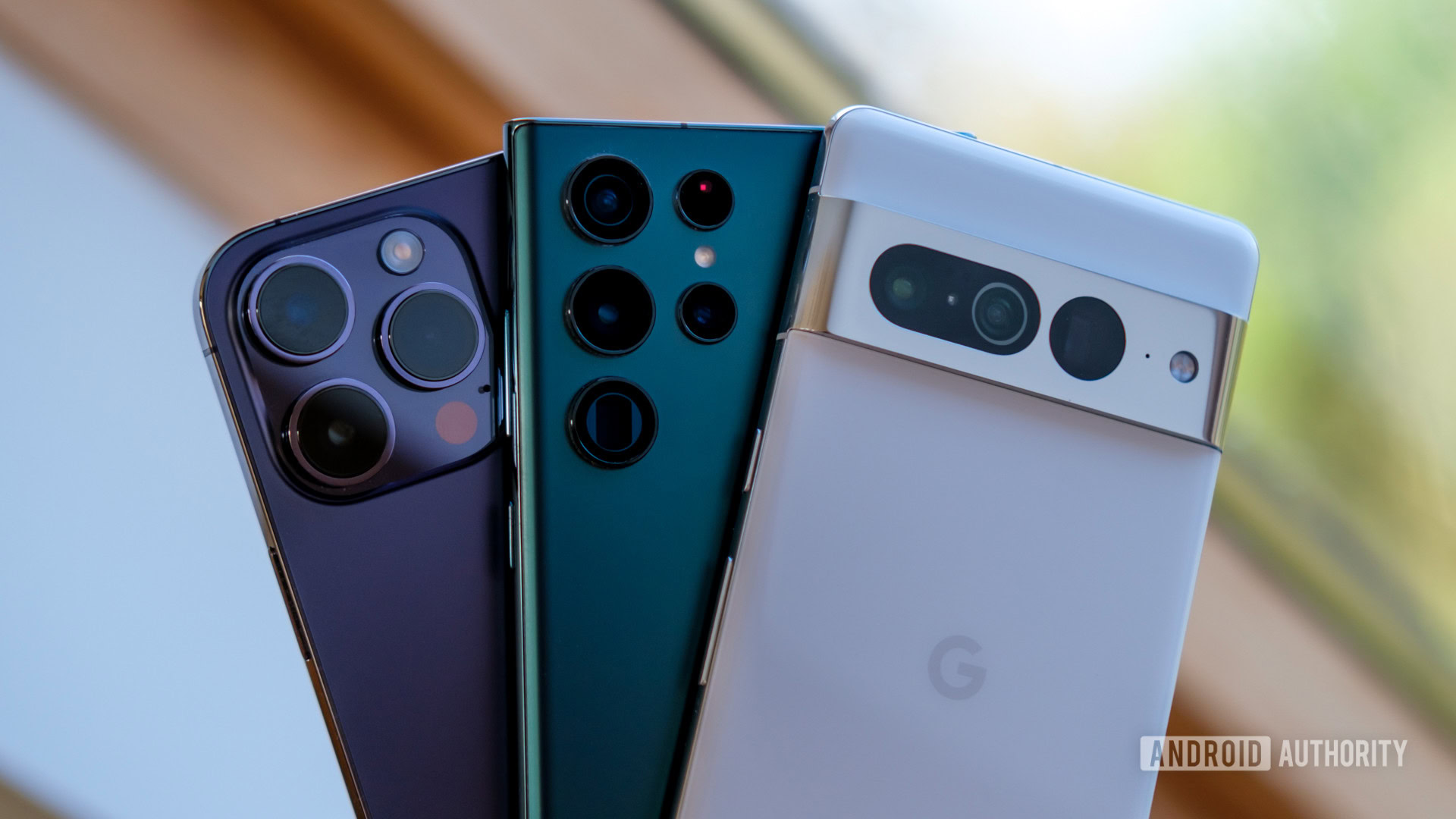Affiliate links on Android Authority may earn us a commission. Learn more.
What is Qualcomm? Everything you need to know about the chip-making giant

If you’ve ever looked into smartphone spec sheets, you may have come across the name Qualcomm. As one of the largest semiconductor companies in the world, you’ll find Qualcomm’s Snapdragon SoCs in many mid-range and high-end Android smartphones, alongside scarce competition from MediaTek and Samsung. The company even develops 5G modems for the iPhone and was most recently credited with helping make satellite-to-phone connectivity a reality.
In other words, if you own a smartphone, you’ve probably already used Qualcomm’s technologies in one way or another. But it doesn’t just end there — the company has its sights set on emerging technologies like augmented reality, artificial intelligence, Wi-Fi 7, and more. Here’s everything you need to know about Qualcomm and why it’s such a big deal.
What is Qualcomm and what does the company do?

Qualcomm is an American company that primarily designs semiconductor and wireless communication technologies and products. The company’s Snapdragon SoC lineup, for example, powers the majority of Android smartphones on the market — as much as 65% in some segments, according to a recent Counterpoint report.
Since Qualcomm isn’t a hardware manufacturing company, a sizable chunk of its revenue comes from licensing patented technologies. As for the manufacturing of Snapdragon SoCs and modems, it relies on third-party chip manufacturers like TSMC, Samsung Foundry, and GlobalFoundries. Qualcomm then sells these products to smartphone makers like Samsung, Xiaomi, OPPO, and others.
A brief history of the company
Headquartered in San Diego, Qualcomm was founded in 1985 as a contract research and development company. The company’s name came from combining the words “Quality Communications”. Qualcomm started out working solely on defense and military communication projects. Then, in 1988, the company raised $3.5 million to develop Omnitracs — a satellite tracking system for trucking companies. The project was a runaway success and gave Qualcomm enough funding to begin its research into CDMA cellular technology.
The chip giant played a big role in the development of the US’ early cellular industry. Most carriers adopted Qualcomm-developed CDMA standards for 2G networks. The company also helped carriers in international markets like India, Latin America, Canada, Russia, and China integrate its CDMA technology. Simultaneously, it also licensed patents and technologies to handset manufacturers like Nokia, Sony, Motorola, and others.
Qualcomm started off as a contract research company and eventually spearheaded CDMA cellular deployment across the world.
Over the past decade, the company also developed and acquired a number of patents related to 4G LTE and 5G cellular technologies. Besides cellular technologies, Qualcomm also began working on developing its own semiconductor designs based on the Arm architecture family in 2006. The first Snapdragon SoC, released in 2007, was the first mobile SoC to run at a clock speed of 1GHz. The Snapdragon series lives to this day and we’ll delve into the company’s current-gen chips in a later section.
Over the past decade, Qualcomm has also developed semiconductor products aimed at emerging applications like AR/VR. The Snapdragon XR2, for instance, powers Meta’s popular Quest 2 and Quest Pro headsets. As for AI and machine learning, the company’s latest SoCs include a dedicated Tensor Accelerator chip. In the computing space, Qualcomm develops the Arm-based Snapdragon 8cx line for ultraportable laptops. In 2021, the company also acquired Nuvia, a startup co-founded by former Apple engineers, to improve its foothold in the computing industry.
Is Qualcomm the best mobile chip maker?

As mentioned above, Qualcomm’s Snapdragon SoCs lead the Android smartphone market in terms of market share. However, that doesn’t necessarily mean the company produces the best chips on the market.
The closest competitor, MediaTek, also develops and sells chips that compete with Qualcomm’s high-end, mid-range, and entry-level offerings. The performance crown often goes back and forth when comparing MediaTek vs Snapdragon, but the real-world differences are often minor and inconsequential. Qualcomm’s competitors also include Samsung and Apple. The latter makes its own SoCs for almost the entirety of its product line, including the iPhone, iPad, and Macbook.
While Apple’s SoCs also rely on the Arm architecture, the company has a license to build its own chips from scratch. This has allowed Apple to extend a sizable lead over other smartphone chip manufacturers, due to their reliance on Arm-supplied cores. However, Apple doesn’t sell its chips to third-party manufacturers, allowing Qualcomm to establish market dominance in the Android industry.
Qualcomm’s best chips: Snapdragon 8 Gen 1, Snapdragon 778G, and others

Qualcomm’s mobile SoC portfolio can be split into three distinct categories based on performance and price. The Snapdragon 8 series sits at the top of the stack. The latest Snapdragon 8 Gen 2 powers high-end and flagship smartphones in 2023. Some examples include the OnePlus 11 and Samsung Galaxy S23 Ultra.
The Snapdragon 8 Gen 2 has an octa-core CPU design, with the latest Arm including 1x Cortex-X3, 2x Cortex-A715, 2x Cortex-A710, and 3x Cortex-A510 cores. It also features the company’s Adreno 740 GPU, which handily outperforms other Android SoCs and also features ray-tracing support.
As for the competition, Apple’s A16 Bionic in the iPhone 14 Pro trades blows with Qualcomm’s best in terms of CPU performance and sustained performance. Prior to the latest chip, Qualcomm announced the Snapdragon 8 Plus Gen 1 — a mid-cycle release that brought increased efficiency to the company’s previous flagship SoC.
You’ll find that Android smartphone makers often opt for previous-gen flagship Snapdragon SoCs to compete in the sub-flagship price range. The Snapdragon 870, for example, has become a popular choice for manufacturers like Xiaomi, realme, and Motorola. Likewise, the OnePlus 11R features a last-gen Snapdragon 8 Plus Gen 1 to compete in a lower price class.
In the mid-range market, meanwhile, Qualcomm’s latest offering is the Snapdragon 7 Gen 1, followed by the Snapdragon 778G. This series powers smartphones like the Nothing Phone 1, Xiaomi 12 Lite, Samsung Galaxy A73 5G, and Motorola Edge 30. Qualcomm also offers entry-level and budget chips. The Snapdragon 6 Gen 1 and Snapdragon 4 Gen 1 have started to trickle into sub-$500 smartphones and will become more common in 2023 and beyond.
FAQs
Qualcomm makes telecommunication and semiconductor products like the modems and CPUs found in modern consumer electronics. The company also spearheaded CDMA research and development in the 20th century. To this day, Qualcomm licenses its patents and technologies to carriers and smartphone makers worldwide.
In the smartphone industry, Qualcomm competes against chips made by Apple, MediaTek, Samsung, and a handful of smaller manufacturers. In the wireless segment, the company contends with Broadcom, Intel, and Texas Instruments.
Qualcomm doesn’t manufacture its own chips. Instead, Qualcomm-designed chips and wireless infrastructure are manufactured at third-party-owned semiconductor fabrication facilities. The company has signed deals with Samsung Foundry, Taiwan Semiconductor Manufacturing Company (TSMC), and GlobalFoundries in the past.
Even though Qualcomm’s Snapdragon series of chips dominate the Android industry, the company doesn’t manufacture or sell its own smartphones.